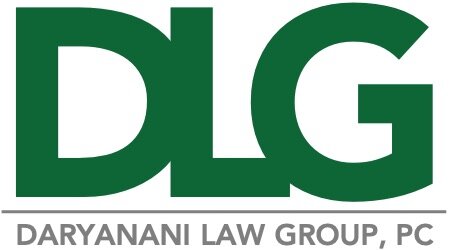Since the federal government opened up public comments on the US Department of Homeland Security’s (DHS) proposed rule to expand the amount of time foreign STEM students are authorized to work in the US on a student visa, they’ve received over 3,000 comments, many of them positive.
The draft rule, incorporating President Obama’s executive action proposals, would make various changes to the F-1 science, technology, engineering, and mathematics (STEM) Optional Practical Training (OPT) program, most notably increasing the STEM OPT extension from seventeen to twenty-four months on top of the initial twelve months of OPT eligibility, for a total of three years of post-graduation work eligibility. As the public comments indicate, many are welcoming the extension as it would increase chances for OPT workers to obtain an H-1B visa since their employers would be able to enter the lottery (by filing an H-1B petition on their behalf) more than once.
The proposal comes after a District of Columbia judge ruled this past August that the Department of Homeland Security (DHS) must vacate a 2008 rule that granted F-1 STEM students OPT extensions for seventeen months beyond the normal twelve months of OPT since DHS did not provide the necessary public notice and comment.
Since invalidating the rule effective immediately would have created a "major labor disruption” for technology-related industries as well as "substantial hardship" for thousands of international students, the judge imposed a six-month stay until February 12, 2016, a move that allowed DHS to correct—and thereby incorporate Obama’s executive directives including the STEM extension—for the necessary public notice and comment.
What’s in the proposed rule apart from the extension that is generating so many public comments? Some notable highlights include:
- Employers must implement formal mentoring and training plans for STEM OPT workers as well as an evaluation process;
- If students use the STEM OPT for a twenty-four-month period and then enroll in a new higher level STEM program, they would be entitled to a new twenty-four month STEM extension in addition to the standard twelve months of OPT;
- As part of the US worker protections included in the program, employers must show that they are not laying off US workers as a result of hiring a STEM OPT worker, they have ability to provide the necessary mentoring and training, and that the training must be in the student’s field;
- Moreover, duties, hours, and wages of an employer’s STEM practical training opportunity must be comparable to similarly situated US workers and wage information must be provided to DHS;
- The existing E-Verify requirements remain unchanged along with cap-gap extension program;
- Only accredited schools may participate in the STEM OPT program;
- DHS is permitted to conduct on-site inspection.
Not everyone is thrilled with this proposed rule. One commenter wrote that even with a STEM degree from Cornell University, he has been struggling to find work. "Companies don't want to hire Americans and they abuse [H1-B] and OPT to hire cheap immobile labor instead of hiring anyone over the age of 35, especially in software or tech areas," he wrote.
Ron Hira, a public policy professor at Howard University, said in ComputerWorld that for STEM graduates there "is no justification to treat them as interns in need of further training." He went on: "The duration of 'training' being proposed by the Obama administration has no basis in any theory, data, or analysis…It is pure fiction that someone with a master's degree in electrical engineering needs an additional three years to work as an intern to be a productive professional.”
One computer science Ph.D. student, however, commented that without the proposed STEM extension that applicants are either "lucky to get an H-1B or just go home." With the proposed STEM extension, he says: "I will have three years in total to evaluate my career and have the freedom to work for the country[.]"
The thirty-day comment period on the new rule ends November 18, 2015, and so for those who have something to add, don’t delay.
